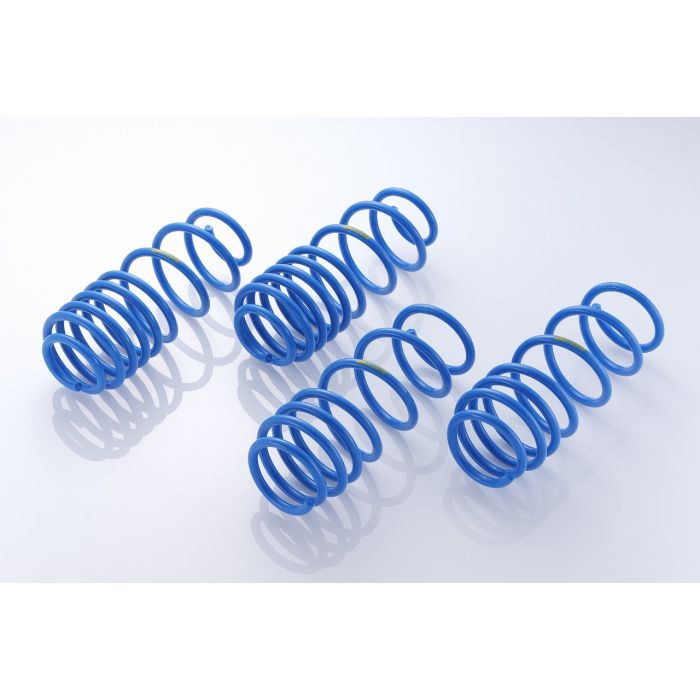This progressive spring aims to achieve high stability while improving the light handling performance of the N-ONE RS.
What we focus on when developing a suspension system is how to ensure the rebound stroke (the amount of stroke on the extension side of the tire when rolling).
In order to have high stability, it is necessary to keep the tires in contact with the road surface at high speeds and during cornering. For that, it is important to increase the rebound stroke, and if the vehicle height is lowered, the rebound stroke will increase accordingly (eg, if the amount of drop is 20mm, the rebound stroke will increase by 20mm).
However, to increase the rebound stroke, if the vehicle height is lowered excessively, the stroke on the bump side will be insufficient, causing the damper to bottom out and the behaviour to become erratic, and the ride comfort will be very poor.
While measuring the stroke amount of each tire bump and rebound when driving, we found the optimum balance and set it to -25 to -30 mm in the front and -25 to -30 mm in the rear.
In addition, the spring rate, which is another factor that determines cornering performance, was tested on various stages such as winding roads and mini-circuits to ensure that the ride quality would not be compromised by setting the spring rate too high. I set it to mm (normal rate Fr/2.0 kgf/mm Rr/1.8 kgf/mm).
Improved stability by increasing the rebound stroke, lowering the centre of gravity by lowering the vehicle height, and improving cornering performance by increasing the spring rate. Progressive springs that balance these requirements without impairing ride comfort make the N-ONE a more enjoyable car. to change.
---
Remarks & special notes
Vehicle height reduction: Front -25 to -30mm, Rear -25 to -30mm
Spring rate: Front 3.6kgf/mm, Rear 2.7kgf/mm


